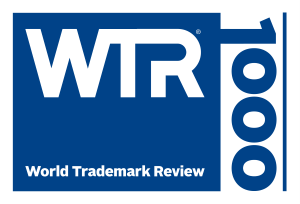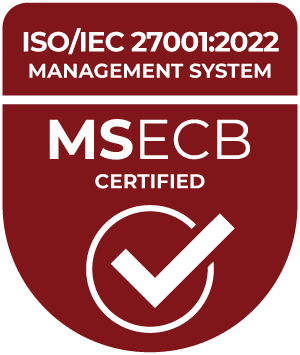The current economic environment may be an opportune time to implement certain planning techniques that could be enormously beneficial to you and your family from an estate and tax planning perspective. There are at least three reasons to act now.
Historically Low Interest Rates. Various planning techniques rely on the “7520 rate” or the “applicable federal rate” of interest. The Federal Reserve has just released the rates for April. The 7520 rate is 1.2%, and the long-term applicable federal rate (“AFR”) is 1.43%. These rates are down, respectively, 60% and 50% from a year ago. The long-term AFR applies to obligations longer than nine years; the mid-term AFR, which applies to obligations more than three and up to nine years, is 0.99%, and the short-term AFR, which applies to obligations up to three years, is 0.91%. For some planning techniques which rely on these rates, the lower the interest rate, the more effective the technique can be.
For example, grantor retained annuity trust (“GRAT”) planning and charitable lead annuity trust (“CLAT”) planning can be more effective where the 7520 rate, or the “hurdle” rate, is lower. With a GRAT, assets are placed in a trust for a term of years, during which the grantor receives an annuity based on the value of the property upon creation of the trust and the 7520 rate then in effect, and the balance of trust assets at the end of the trust term is allocated for designated family members or other beneficiaries. With a CLAT, the annuity is paid to charity, and the remainder is distributed to designated family or other beneficiaries at the end of the trust term. With both planning techniques, the annuity is based on the value of the property upon creation of the trust and the 7520 rate then in effect. The lower the 7520 rate then in effect, the lower the annuity required to obtain a beneficial gift tax result, and the greater the opportunity for the trust assets to outperform the hurdle rate. In turn, the more the trust assets outperform the hurdle rate, the greater the value of assets passed on to the remainder beneficiaries at the end of the trust term.
Sales of assets to intentionally defective grantor trusts in exchange for a promissory note move future appreciation of and income from the transferred assets out of the grantor’s taxable estate for transfer tax purposes. The interest rate charged on the outstanding principal balance of the note must be not less than the AFR in effect on the date of the note. In this planning, the AFR charged is the “hurdle” rate. As with the GRAT and CLAT planning, if the asset sold to the trust outperforms the AFR on the date of the sale, then the planning will be successful; the more the asset outperforms, the greater the interest in the trust remaining for the beneficiaries.
Market Decline. Coupled with the low 7520 rate and AFR for April, the economic fallout resulting from the coronavirus pandemic has toppled stock values. As of this writing, the Dow Jones Industrial Average has fallen to early 2017 levels. Likely, the value of many private interests is depressed, as well. Because the pertinent value of property for gift tax purposes is the value as of the date of the gift, and post-gift appreciation will be excluded from the taxable estate of the donor and, typically, the donor’s spouse, this economic landscape may provide an excellent opportunity to implement gift planning.
Historically High Estate/Gift Tax Exclusions. Finally, the applicable exclusion amount, which shields gifts and estates from transfer taxes, currently is $11.58 million. This increased exclusion is scheduled to sunset at the end of 2025, and will then be reduced to the pre-2017 level ($5.49 million, subject to inflation adjustment). Any portion of the increased exclusion not used after the sunset (or any earlier change in the tax laws) will be lost, but final regulations have confirmed that any portion of the increased exemption used prior to sunset will not be “clawed back” into the estate. In other words, if a decedent has made gifts of $11.58 million, but the applicable exclusion is lower at the time of death, the excess amount of gifts will not be taxed in the estate.
All these factors together may provide an especially favorable time to consider tax planning. If you would like to discuss which techniques would be most beneficial for your situation, please contact Cheryl Schaul, Eric Mann, Martin Tish, Susan Goldenberg, Lawrence Richman, or your Neal Gerber Eisenberg attorney.
—
The content above is based on information current at the time of its publication and may not reflect the most recent developments or guidance. Neal Gerber Eisenberg LLP provides this content for general informational purposes only. It does not constitute legal advice, and does not create an attorney-client relationship. You should seek advice from professional advisers with respect to your particular circumstances.













